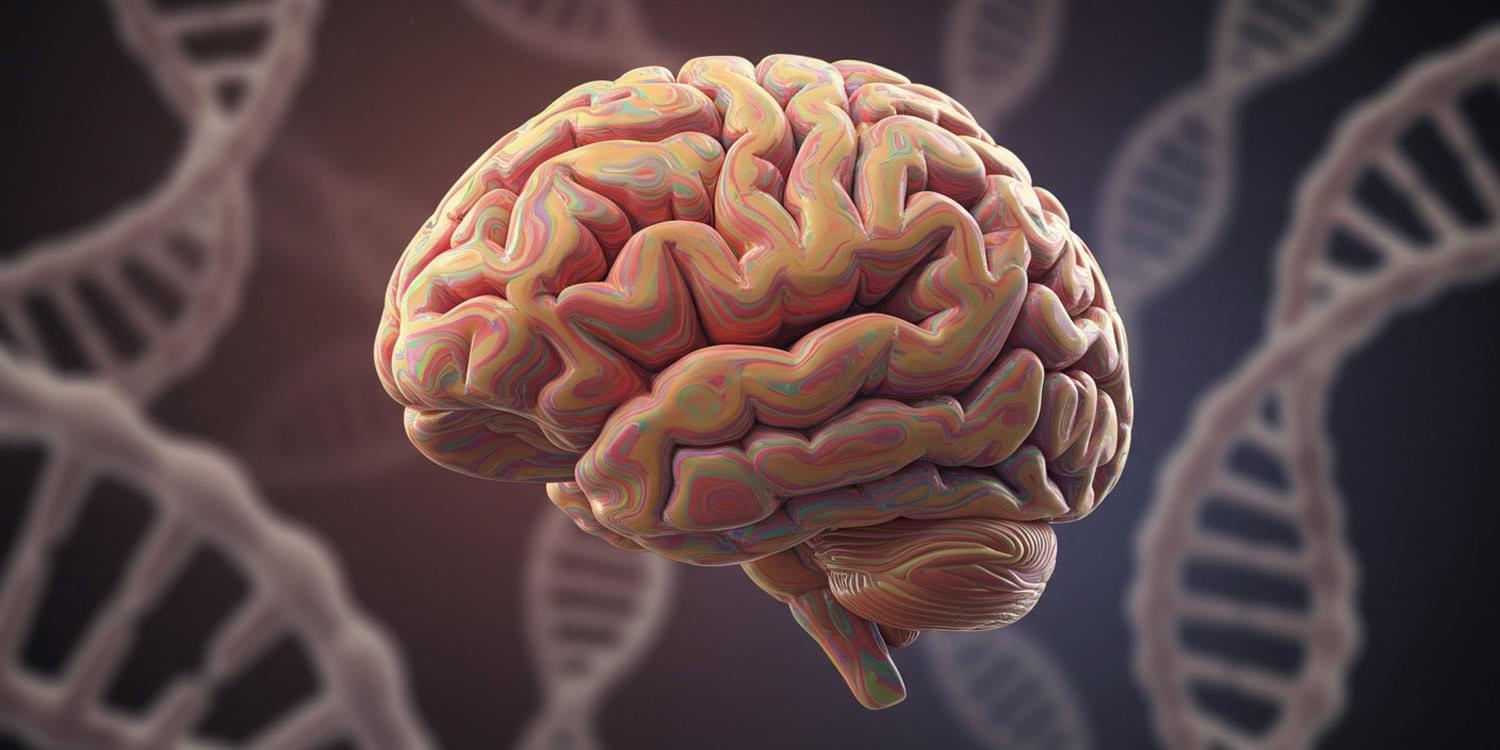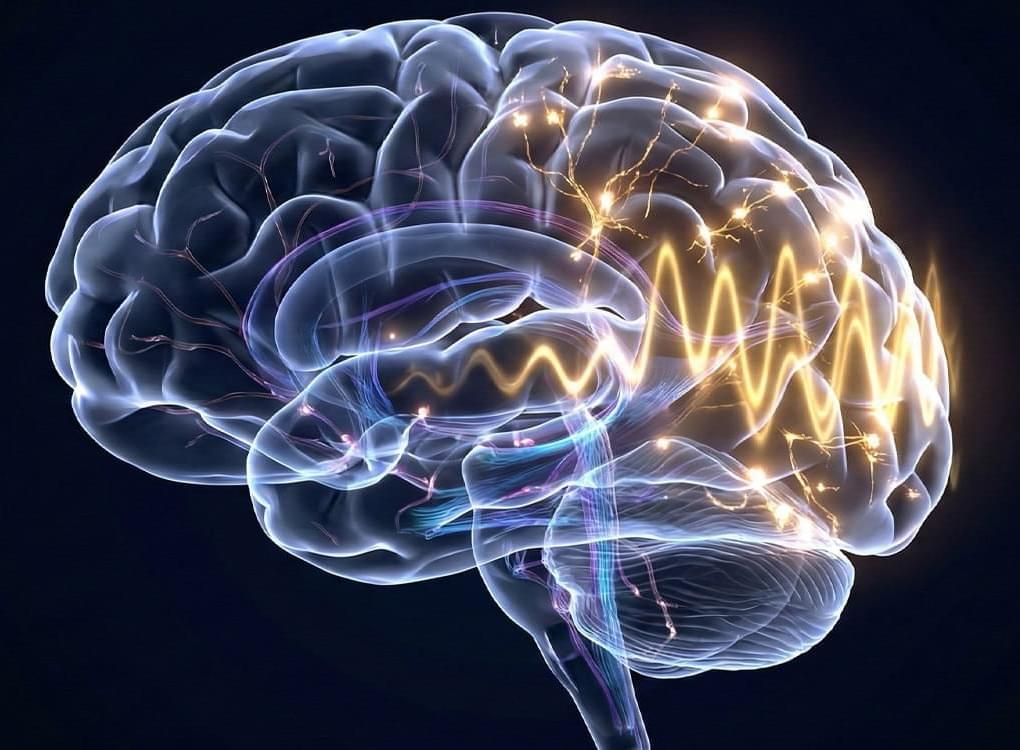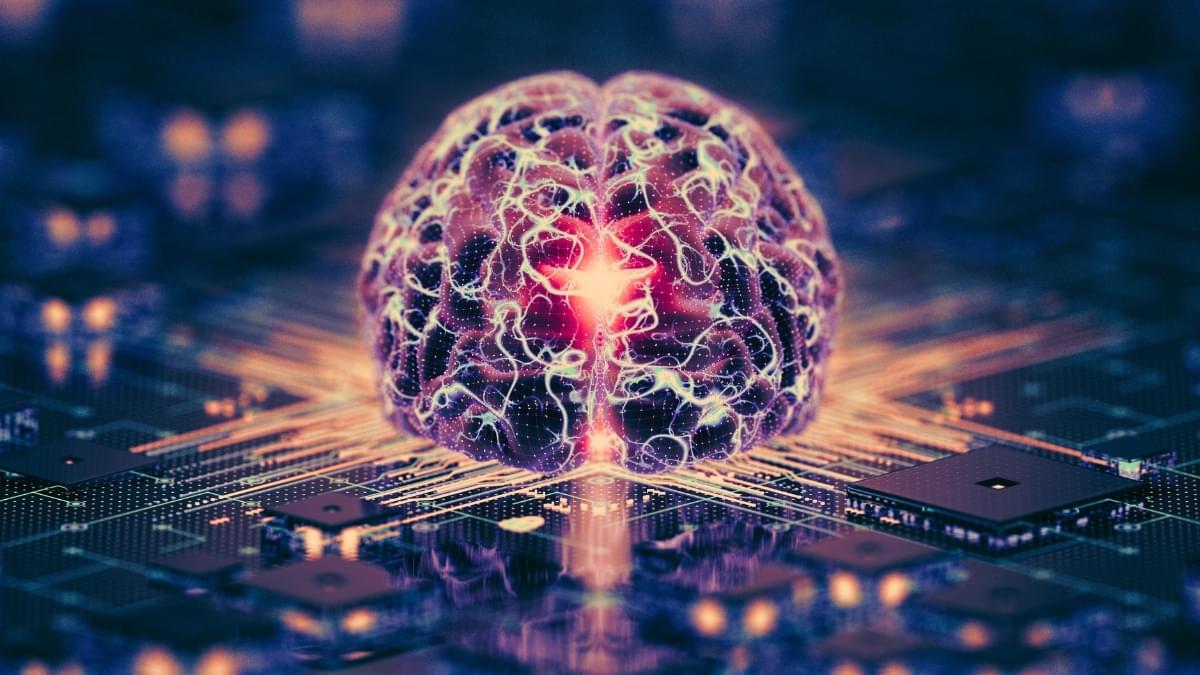Albert Einstein and Niels Bohr had an ongoing rivalry about the true nature of quantum mechanics, and came up with a thought experiment that could settle the matter. Now, that experiment has finally been performed for real



Interactions among viruses can help them succeed inside their hosts or impart vulnerabilities that make them easier to treat. Scientists are learning the ways viruses mingle inside the cells they infect, as well as the consequences of their socializing.
Ph.D. student Alexander J. Robertson in the Molecular & Cellular Biology program at the University of Washington is among those scientists.
“I study the evolution of antimicrobial resistance through mechanisms which require interaction between microbes,” he explained.






Great, but where on earth is the EU in this new space race?
HELSINKI — China is charting a long-term deep space strategy centered on planetary habitability and the search for extraterrestrial life, according to a newly revealed mission roadmap.
A slide titled “habitability and search for extraterrestrial life — guiding the future development of China’s planetary exploration,” was shared on Chinese social media by the country’s Deep Space Exploration Laboratory (DSEL), a national-level research institution under the China National Space Administration (CNSA). It outlines a number of planned and potential missions, many with astrobiological implications.
The first mission is the Tianwen-3 Mars sample return mission, already approved and currently scheduled to launch around late 2028. Among its main objectives is investigating potential traces of past or present life on Mars.


As prominent artificial intelligence (AI) researchers eye limits to the current phase of the technology, a different approach is gaining attention: using living human brain cells as computational hardware.
These “biocomputers” are still in their early days. They can play simple games such as Pong, and perform basic speech recognition.
But the excitement is fuelled by three converging trends.